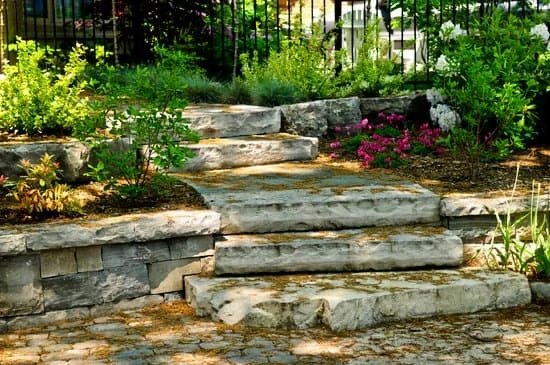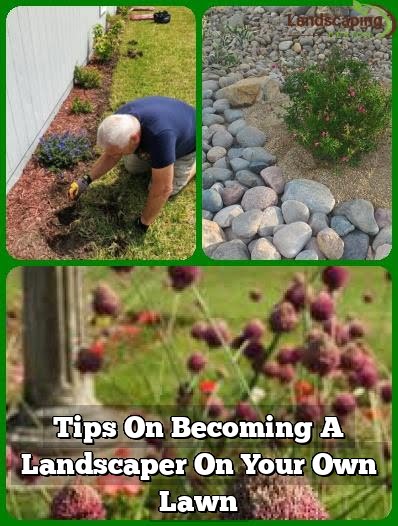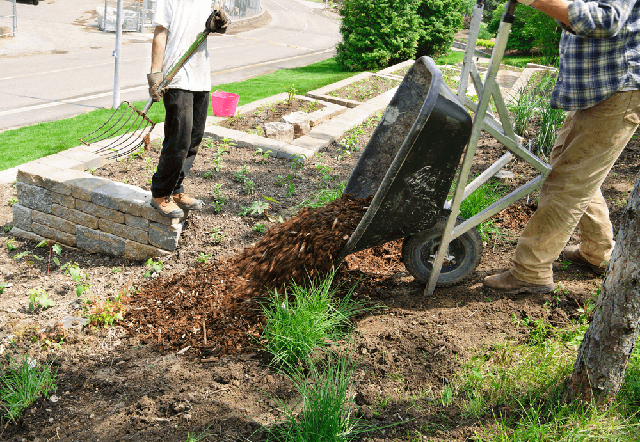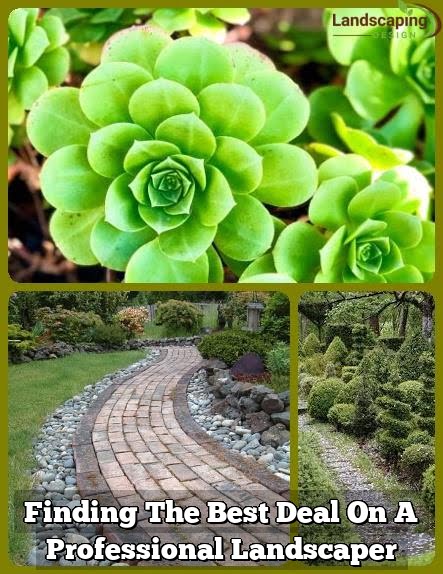Perhaps you’ve thought of hiring a landscaping professional to rejuvenate your yard. However, you know that it is a lot less expensive and a lot more fun to just try it yourself. You just need to know a bit about the best techniques to use. This article provides you with all you need to know to start your project.
Prior to digging in to your landscaping or garden project, have the soil tested. You will know what to add to achieve the right acidity and drainage for the plants you are planning to use. You will have much better plants and a very successful garden.
You always get what you pay for. You can find many inexpensive items in a home-improvement store. Consider visiting a specialty store in order to find great products sold by qualified employees. Spending a little more may be advantageous, as your products will be better, as well as the advice you receive.
A lot of people never consider purchasing landscape supplies online. You will find a larger selection of plants, including some that are not available at your local stores. You will also save the gas and trouble of actually going out on a shopping trip.
Before heading to your local garden store for plants and materials, take down exact measurements for your entire work area. You will be able to determine the amount of any item you will need. Having this knowledge will help you to avert buying too little or too much of anything.
Consult with a landscaper before embarking on a large project so you can learn from their expertise. A professional can be a great resource that provides you with time and money-saving advice. An hour-long meeting with a professional averages about $75, which is a small price to pay for the insight and money-saving advice they can provide.
When you mow your lawn, it is a great idea to leave some of the glass clippings where they fell. The grass will add nutrients as it decomposes, so you won’t have to use as much fertilizer to keep your lawn healthy.
When choosing plants, select options which look good in every season. You need to have plants that bloom in the spring, those which continue to bloom in the summer, those which change color in the fall, and even some evergreens for the wintertime. Research how you can plant a year-round garden.
If you’ve got a big shade tree in the yard, it won’t be easy to put flowers underneath. Consider using a ground cover rather than flowers underneath such trees. Ground cover is easy to maintain yet still looks very good. Some excellent options for ground cover are hosta and sweet woodruff.
When you are doing a landscaping project with a small amount of money, remember you can break the project up and do it in stages. Dividing your project into steps or seasons is a perfectly valid approach. This helps you budget your money wisely. Write each step in the process down and choose ones that are important to do first.
While looking at what plants to add to your do-it-yourself landscape project, consider using a few plants that have a unique leaf texture. Sprinkling a few of these plants into your landscape can give you a dramatic and beautiful contrast. Place the plants throughout the landscape in a balanced way to make the landscape visually appealing.
Consider the impact that your project will have on your home. When designing your landscape, consider how the roots of your plants may affect current pipes and structures. Have a well thought out plan before you add some plants or trees to your landscaping.
Inexpensive products are not always the best when buying materials. By paying a little extra, you may end up receiving better customer service, or an easier return policy. Do your research before you settle on something. Sometimes, spending a little extra will save money in the end.
It’s important to consider the soil type your yard features when designing your landscape. Some plants might not grow well in a certain type of soil. If the soil you have is creating limitations, you can replace it, amend it or create beds using mulch or wood chips.
You can fill in empty spaces while making your landscape beautiful by using groundcover plants. Ivy, juniper, vinca and creeping phlox all creep and spread along the ground, preventing weed growth and reducing the amount of green lawn that you have to mow. Furthermore, they will add color and dimension to your landscaping.
Keep reading, learning and practicing. Anchor plants can help you provide focal points to pull your entire yard together. Plant texture is also important to create variations in your design. There are a lot of books out on the market, as well as websites, that can lead you in the right direction.
Consider how your landscape will look in all four seasons. Many homeowners only think about spring or summer for their property, when fall can offer so much of its own beauty if you think it through. If you decide to plant trees and shrubs that offer amazing fall color, you will be very thankful when you see the results in September and October.
Allow growing room for all the plants that you will incorporate into your landscape. Tiny plants may be cute near the house or each other, but as they grow they will be very crowded. Consider maturation before you plant anything to ensure proper balance in your landscaping.
Keep walkways and paths in mind when working on landscaping. An ugly driveway or sidewalk can detract from the look of your home. Spice things up by utilizing stepping stones in patterns or thin set pavers to enliven your landscaping. You can find them in many colors and shapes, and they don’t cost too much more than concrete.
Now that you’ve read this article, you are well on your way to getting your dream yard! Congratulations to you! You’ve now found out how to reduce your costs and have more fun landscaping your yard. Get started with your design and start working to make the landscape of your dreams come true.

Welcome to my blog about home and family. This blog is a place where I will share my thoughts, ideas, and experiences related to these important topics. I am a stay-at-home mom with two young children. I hope you enjoy reading it! and may find some helpful tips and ideas that will make your home and family life even better!





